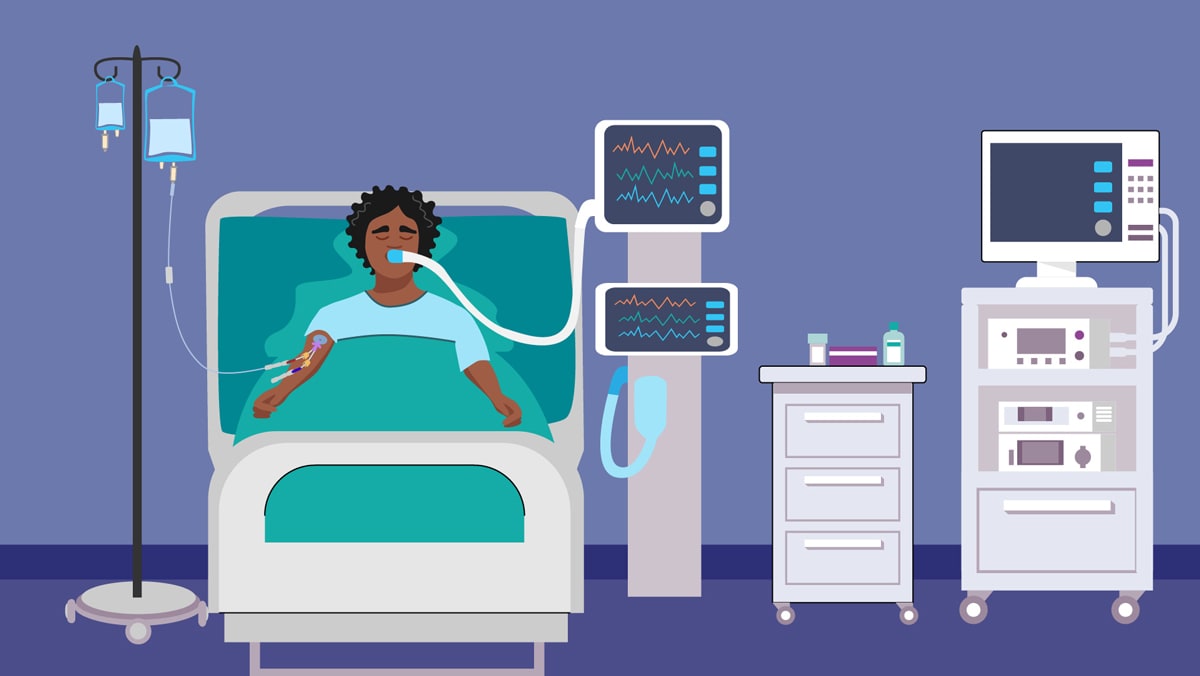Key points
- Mucormycosis symptoms depend on the type of infection (which part of the body is affected).
- Types of infection include sinus and brain, lung, skin, stomach and intestines, or widespread.
- Sinus, lung, and skin are the most common types of infections.
- Most people come in contact with the mold that causes mucormycosis and do not get symptoms.

Symptoms
Mucormycosis causes different types of infections. Each type has its own set of symptoms.

- Rhino-orbital-cerebral (sinus, eyes, and brain) mucormycosis can cause fever, one-sided facial swelling, headache, vision changes, nasal or sinus congestion, and black lesions on nasal bridge or upper inside of mouth that quickly become more severe.
- Pulmonary (lung) mucormycosis can cause fever, cough, chest pain, and shortness of breath.
- Cutaneous (skin) mucormycosis can cause blisters or ulcers, and the infected area may turn black. Other symptoms include pain, warmth, redness, or swelling around a wound.
- Gastrointestinal (stomach and intestines) mucormycosis can cause abdominal pain, nausea and vomiting, and bleeding.
Disseminated (widespread) mucormycosis occurs when any of the four types of mucormycosis listed above spread to other parts of the body. It occurs in people who are already sick from other medical conditions, so it can be difficult to know which symptoms are related to mucormycosis. The most common site of spread is the brain, which can cause mental status changes or coma. It can also spread to the spleen, heart, skin, and other organs.
How it affects your body
The way someone is exposed to a mold that causes mucormycosis determines the type of infection. For example, breathing in fungal spores from the air causes the two most common types of mucormycosis, rhino-orbital-cerebral and pulmonary. When exposure to the fungus happens through the skin after a cut, burn, or other type of skin injury, it causes cutaneous mucormycosis.
Mucormycosis can spread rapidly throughout the body and requires treatment right away. Complications can include seizures and death.
